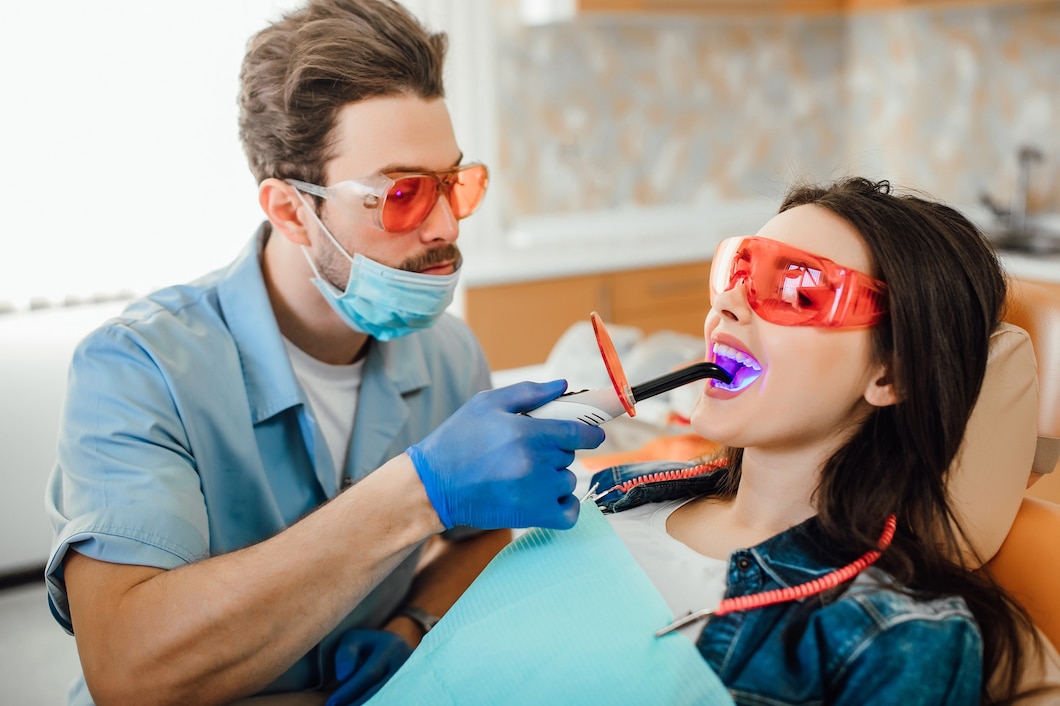Dental curing lights – What should you know before buying one?

Dental curing lights are used to cure dental restorative materials. These technologies are known as light-curing systems and have been in use for over 50 years. A curing light is an essential tool for any dentist or dental assistant using composite resins and other types of dental restorative materials, including porcelain veneers, crowns, bridges, and dentures.
What is a dental curing light?
Light-curing is used to harden dental restorations. A light-curing unit uses a high-intensity, focused beam of light to cure the resin material, which is then exposed to a specific wavelength of light. This process causes an instantaneous chemical reaction that polymerizes the resin and hardens it, forming a solid bond with your teeth.
The polymerization process
The dental polymerization process involves a light source and a resin. The light source, or lamp, is what causes the resin to harden.
The resin contains a catalyst that allows it to harden when exposed to light. The lamp produces ultraviolet (UV) radiation that is absorbed by the catalyst and then transformed into thermal energy. As this heat builds up in the resin, it causes denaturation of certain bonds within the molecules, causing them to shrink and become harder and more rigid than uncured resin.
Types of lamps used in general dentistry
In general dentistry, a dental curing light can be of the type:
- halogen
- plasma arc
Features to consider when choosing a lamp, when choosing a dental light, you should take into account the following characteristics:
The lamp must be capable of providing adequate lighting. The power of the lamp’s light source is measured in watts. The higher the power, the brighter the work. It is difficult for dental technicians to work in insufficient lighting; It makes it difficult for them to see their patients’ mouths clearly, which could lead to errors during treatment or diagnosis.
The lamp must have a long service life: it must be durable and reliable, since the use of an unreliable device will hinder productivity and increase production costs. You can extend its longevity by storing it in an environment that is free of vibrations (such as high winds), extreme temperatures (such as extreme heat), or humidity levels that can cause corrosion of the parts inside.
It should be easy to use so that you don’t need extra effort when it comes to taking care of the oral health needs of your patients.
Conclusion:
All the above-mentioned types of lamps are designed to cure dental restorative materials, and all have their own advantages and disadvantages. However, it is important not only to choose one based on its characteristics, but also on the use it is going to give it. A curing light should be chosen based on your needs as a dentist or hygienist because it can directly affect your work.
Reference:
Dental curing light, the best feature: https://www.dentallabshop.com/best-dental-curing-light-features/


Comments are closed.